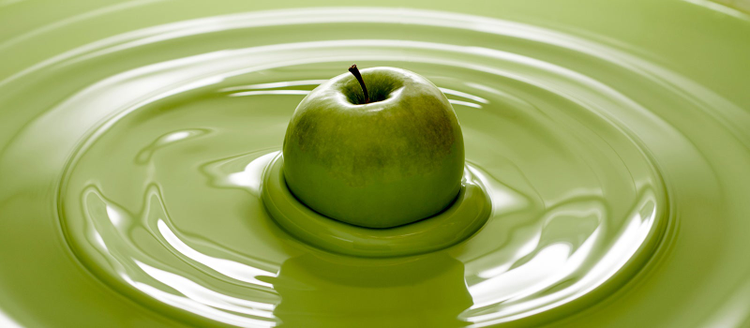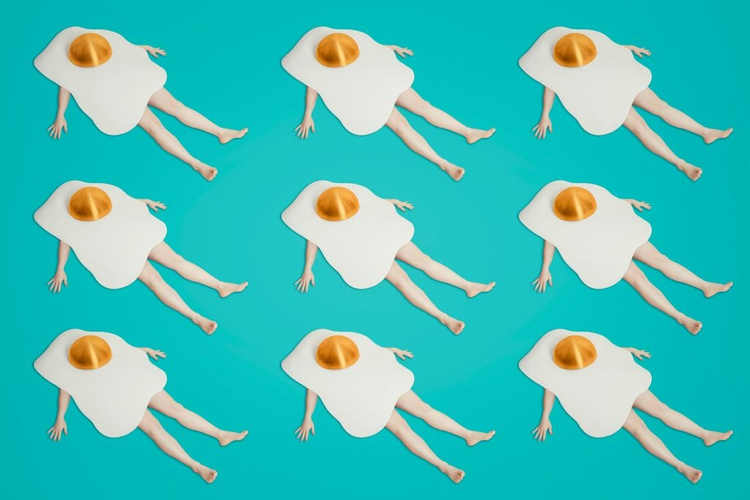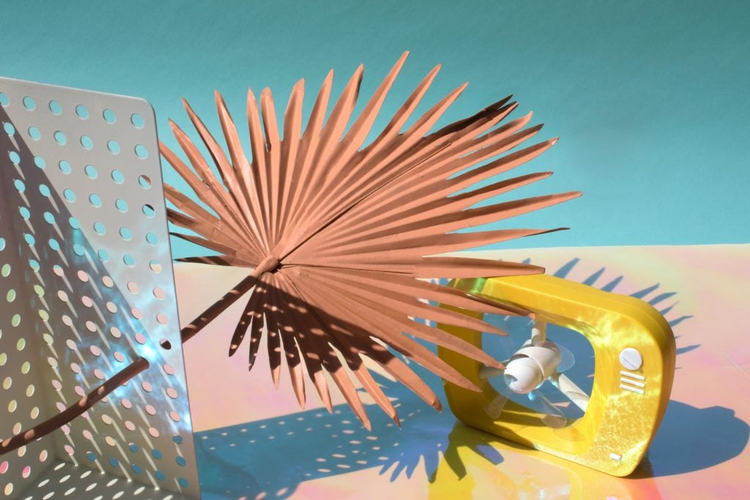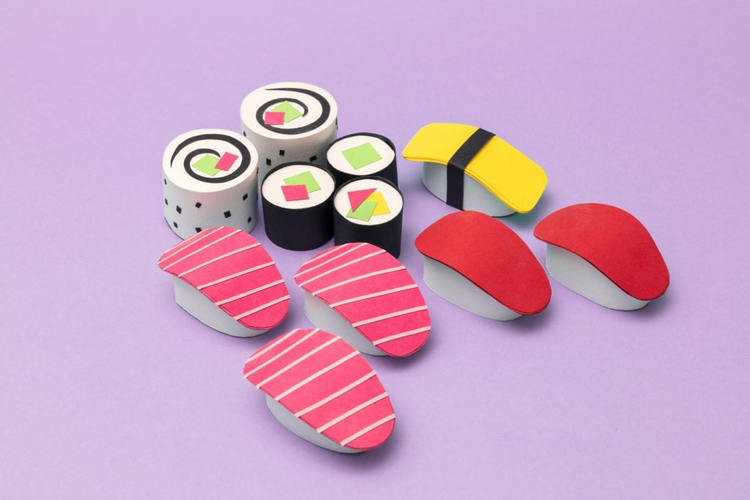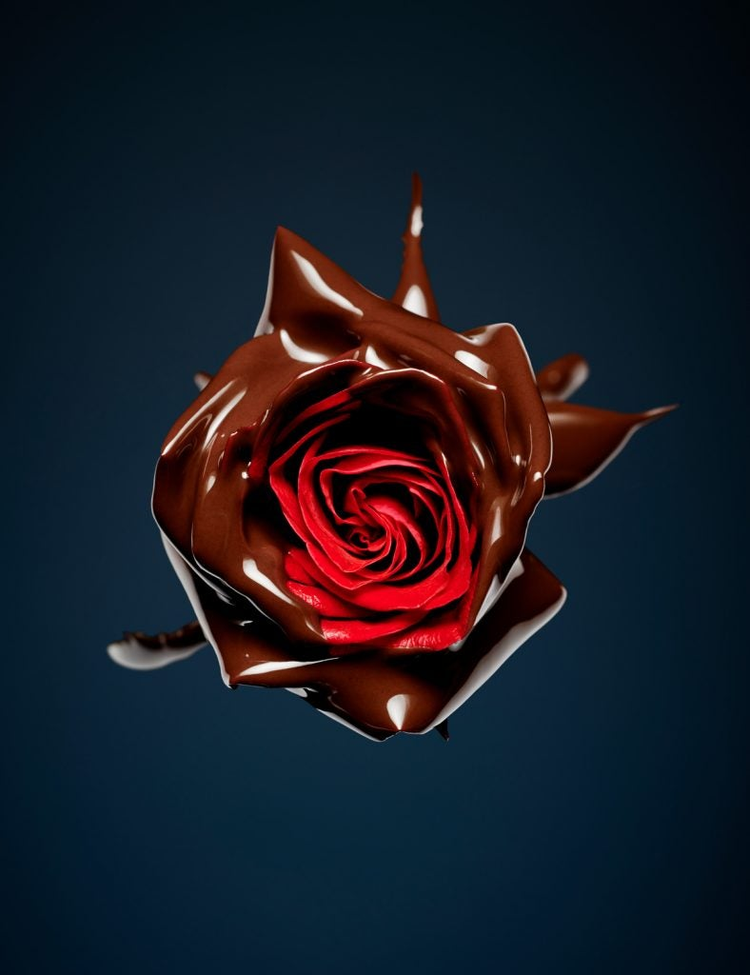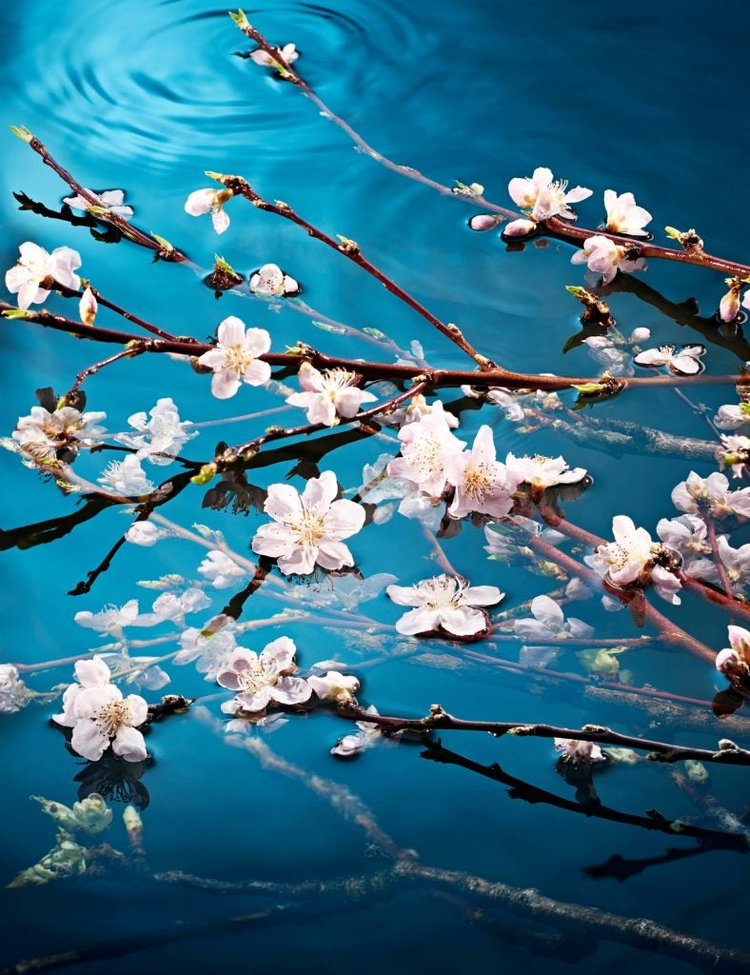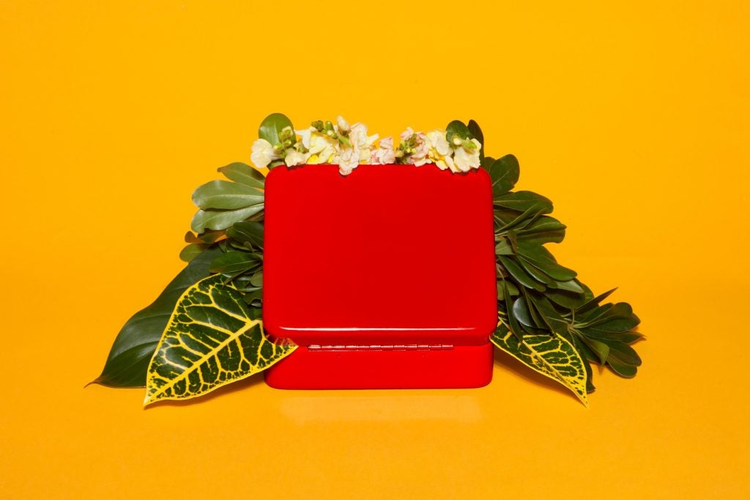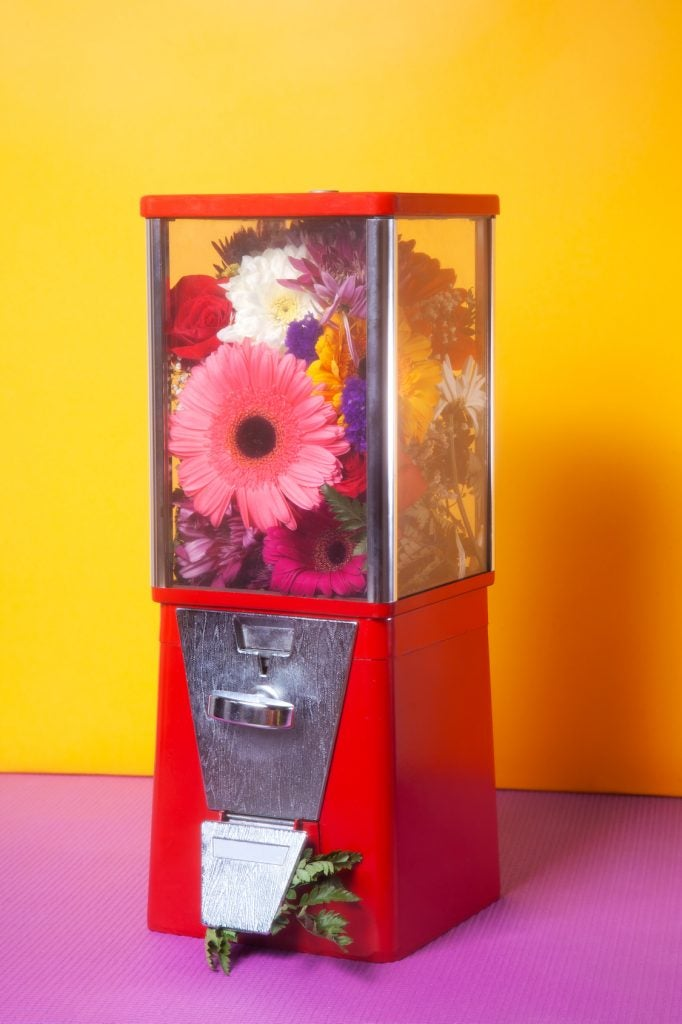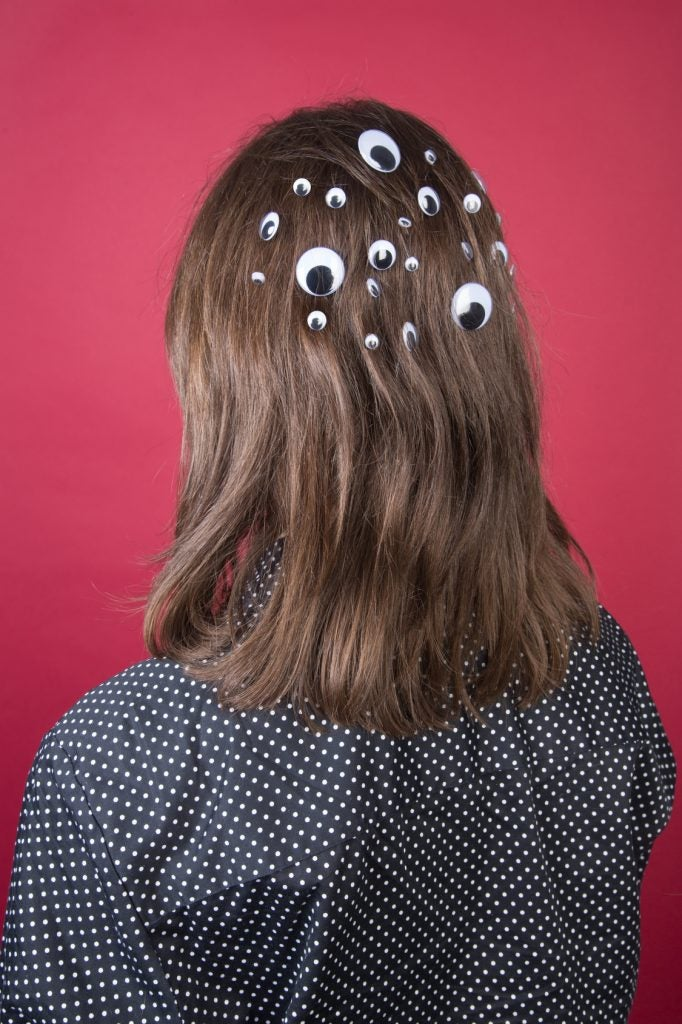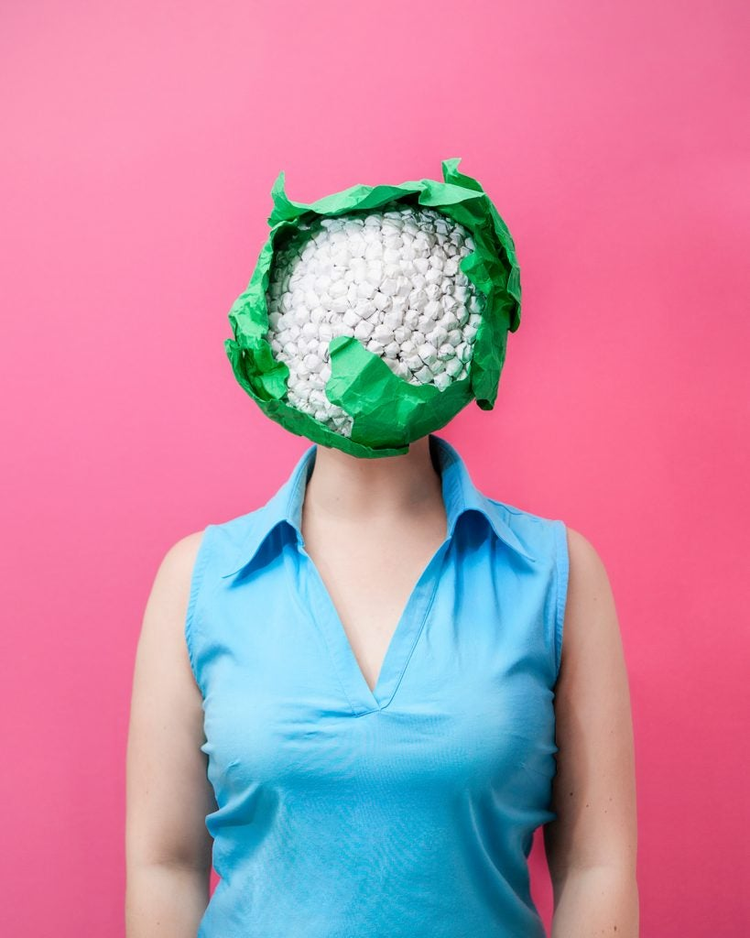It’s easy to take a photo of an apple. Making it look compelling, mysterious, vibrant, or beautiful is another matter. Capturing great images of inanimate objects requires a creative approach to lighting, colour, texture, and composition. They belong to the long tradition of still life painting, and all the subtleties that go into play there. Adobe Stock’s still life photographers are here to talk about colour, food, lighting, and more.
Jessica is a New York-based visual artist and grilled cheese enthusiast. With a unique eye for colour and playful compositions she creates surreal arrangements that serve as a relaxing escape from everyday life. Familiar household items, dollar store finds, and sculptural representations of plants are decontextualised and collaged to engineer her own nature.
Adriana is a photographer, but also a set designer and a prop stylist for commercials, short movies, fashion shootings, music videos and stop motion animations. Her work is a quirky combination of photography, crafts, and digital manipulation. She is totally in love with paper and can work with almost any material and find the best way to realise anything stuck in her head.
Rein Janssen graduated from the Royal Academy of Fine Arts in The Hague. He has also studied engineering and finds inspiration in both nature and chemistry. The result is a unique photography style. Rein creates landscapes that are perfect and intriguing and feel tranquil yet lively. His still life photography can be described as clean, artistic and stark, his affinity with food gives him endless inspiration.
Inspiration comes from unlikely places, from childhood chemical experiments to $1 props, so follow your curiosity wherever it leads.
I’m super attracted to the immediacy of still life. You don’t need to cast models or anything. I can always just go to a dollar store or somewhere, grab an object, and find a way to photograph it. I feel like still life always keeps you in the habit of being creative, because there’s always something around you that you can just grab and subvert and make interesting. If I’m working with stuff from a dollar store, the only obstacle is me. It becomes a way to challenge myself. There are no obstacles but myself: I can just go into the store and for under $10 get something interesting and just challenge what were used to seeing all the time.
I started as a set designer/prop stylist for stop motion animation videos. That’s where I really fell in love with crafts and miniatures. After a while I found out I can share my creations through photography too, and now this marriage between photography and crafts has become my perfect way of expression. I’ve been working with different materials (especially recycled ones) for stop motion since 2008/2009, but my very first “Paper thing” was a Victorian wig, year 2012. I consider that the very first step into my path with paper.
: My dad is a biochemist and as a child he showed me all kinds of wonderful experiments, like dry ice or chemical gardens. We were not allowed to watch much television, so when I was feeling bored my mum would give me drawing pencils and paper. The art books we had were H. R. Giger, Dali and Escher. At school, engineering was too much computer work and I missed working with my hands. So I returned to playing around and creating images and photography.
The pleasures and pitfalls of thinking with your stomach.
You know, I just love food so much that it’s sometimes hard for me to be like “how could this look better?” If I were to take a photo of a grilled cheese sandwich, I’d be like “this is already perfect.” But no, actually, you can definitely style things and make them look more appealing and photogenic.
I’m always hungry! Maybe that’s why I’m always making food. I’ve never thought about this but actually I think I’ve almost never worked with real food. Food is colourful and brings joy (to me, at least), so I like to reproduce it in different, funny ways.
: My final series on the fine art academy was about sugar and food. Food is natural and kind of “friendly” to work with. I love to place food in new situations so when people are seeing my images they really have to look and open their minds to see what’s happening.
Light can bring a photograph to life, create stunning effects, cast spectacular shadows but there’s no rulebook so try to mix it up.
: I usually go with what’s inspiring me at the moment. I feel like I’ll go through phases in which I want softer light and softer shadows and then other periods where I want everything to be a lot more aggressive. It depends on the references I’m drawing from. Cartoons point in a more sharp contrast-y look, but 70s album covers not so much.
: The way paper reflects light is one of the reasons I fell in love with it. In photography light is very important (of course!) and I think that light and paper work together beautifully. You may think paper would look flat, but this makes lightning so important and so satisfying too.
: I start with feeling which direction things have to go to in terms of light, atmosphere and objects. This has to be very clear so that I immediately know what to do. Sometimes when possible and the client trusts me, I go into the studio with some objects/ingredients and let it happen! Other times the client gives me a very detailed sketch and mood board which I will work out.
Colour captures attention and evokes emotion. We’re now returning to fun, saturated colour, vibrancy, and joy, as you can see in 2019’s virtual trend, Creative Democracy.
: For colour, I really like cartoons. I’ll also look for inspiration in illustration and painting. I’ve been looking at a lot of Kenny Scharf lately, especially his crazy outer space stuff. The way he uses colour is super cool. I’ll also look at old glam album covers, like Teena Marie and Diana Ross.
: I start thinking about colour from the beginning! Usually, when I start thinking about an image I already see it in colours. I know everything from the beginning. The colour, the composition, everything. Sometimes I go with the flow too, but it’s rare. Usually I have a pretty clear image in my mind, and it’s already done, I “just” need to build it and shoot it.
Humour is serious business: look for ways to express what you find amusing and playful and your images will live on like a good joke.
A lot of times it’s just free association. I like editorial photography because the articles inspire me. So that pizza on wheels photograph was about a local politician that was also a pizza delivery person. But often I’m directly inspired by the objects and giving them personality. Like, I love wigs, so I’m going to try to put a wig on anything.
** or soap bubbles floating dangerously close to a cactus. Do you always try to sneak humour into your work?**
: A lot of my ideas are in response to a prompt. The meatball solar system photo was an illustration about where to find the best carpaccio in the universe. The soap bubble cactus photo was an illustration about people being highly sensitive. Humour is a good way to connect people and when possible I like to put it in my work.
Try to get everything in camera and really invest time getting things just right on set. The effects will appear more natural and have elements blending in or popping out because of how they’re related.
My go-to tips are always the same: be curious, don’t stop doing and learning things, be humble and have a lot of patience. Especially with paper art.
Get your light right so that it enhances the effect. Just experiment and practice and see what works. Having an assistant or an intern is very welcome because extra hands are always useful.
